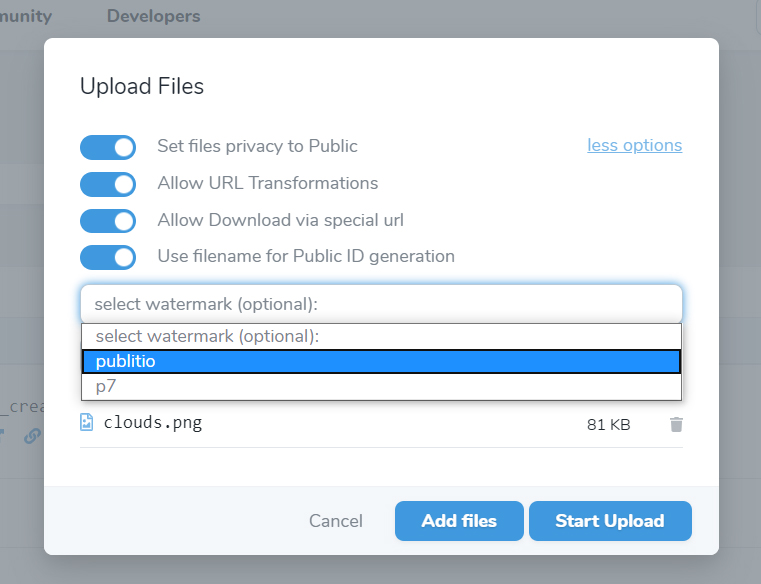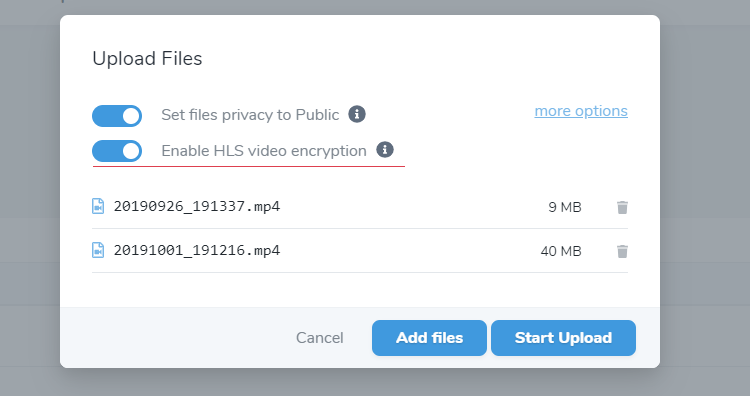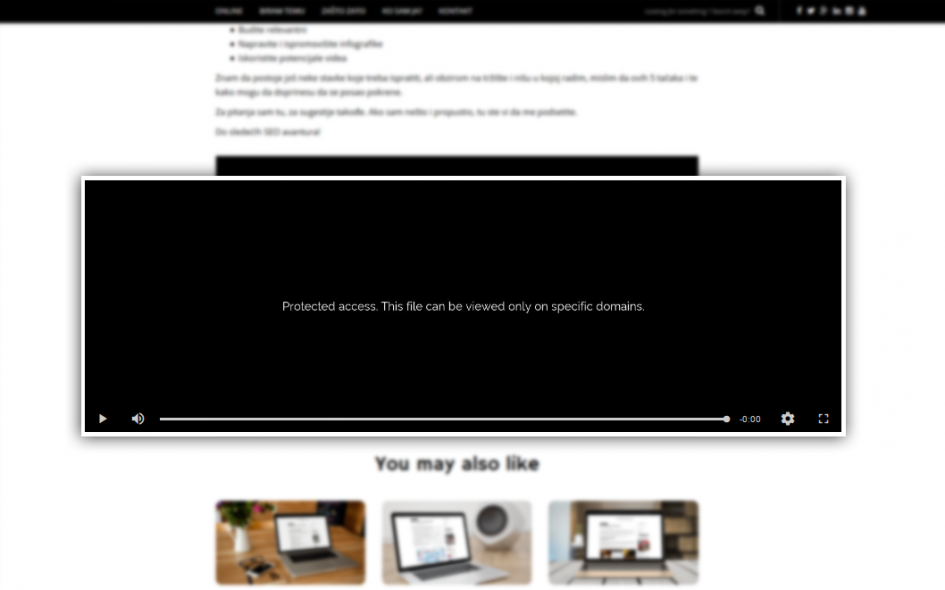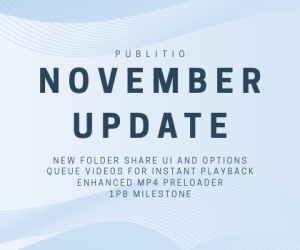Is there anything worse than finding your precious video content on some random torrent website? We can imagine there isn’t.
No matter what you upload online, whether it is a video, a picture, a document, etc. you should always be aware of the fact that it is never 100% secure. However, you can do your best and try to prevent your content from being accessible to unauthorized parties and illegally downloaded. Hint: when you use Publitio you can be 99% sure that your content will hardly get stolen. We’re that good!
In this blog, we are going to explain why securing your videos is extremely important and exactly what you can do to protect your online content.
(If you’re ready to start securing your content, you can start your free trial today!)
The Importance of Online Video Security
Imagine having a very unique business idea that you want to share with your clients or colleagues and then someone else just steals your idea and takes credit for that? That would be pretty devastating, especially if you put a lot of hard work into it. This situation is very likely to happen if you share the video presenting your idea online without protecting it.
For example, online tutors often have struggled with this. They upload and stream a video of their online course, an unauthorized person downloads the video and then uploads it on some other platform where people can watch it for free. In a short amount of time, the teacher will probably lose his students who want to pay for the course. And that’s a bummer, to say the least!
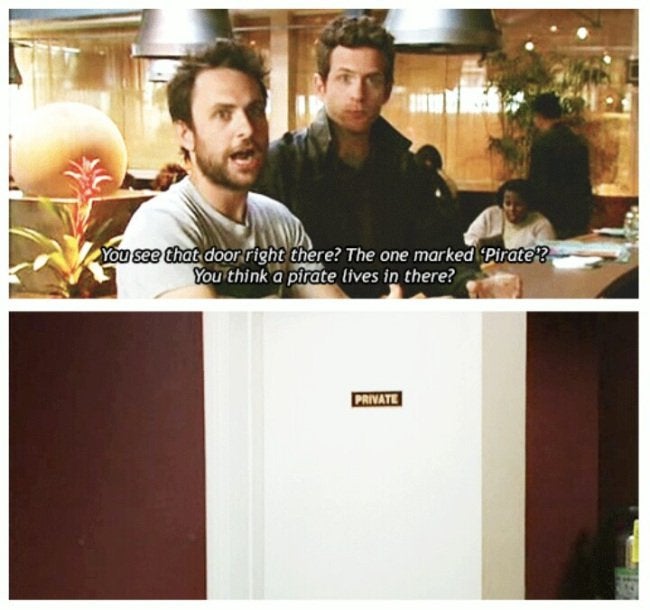
If you are using a streaming platform to share some classified content, you definitely do not want any intruders there. You might think only those who are supposed to see your content would be there, but that might not always be the case.
Ways to Secure Your Online Videos
Watermarks
Even though you might protect your videos from unauthorized download, you can never be sure that some of your viewers are not screen capturing your stream. The sad truth is, you cannot prevent screen capturing, but the best thing you can do in this situation is to put a watermark on your video.
So, what’s a watermark? A watermark is a unique image or text identifying the rightful owner of a video. It could be your name, company name, company logo, email address, etc. This way, even if someone does record and upload your video without permission, all rights and credits will still go to you. Just, make sure you put it in the right size and right position in the video, otherwise, they might be able to cut the watermark out.
Want to watermark your video content now? Start your free 14-day Publitio trial.
Apply watermark via Dashboard UI
Video Encryption
Video Encryption works by encoding a file, which basically means the file becomes masked, messed up, scrambled… The file itself is then useless since it doesn’t show the real content. The only way to watch an encrypted video is by decoding it with a special key. The broadcaster is the owner of that key and he is able to share it with others. Of course, he will only share the key with invited parties, which makes them able to decode the video and watch it.
Types of Video Encryption
Personal encryption - used for personal privacy. In this case, you select people who you want to watch the video and everyone else is blocked out.
DRM - stands for Digital Rights Management automatically blocks a certain category of users temporarily or permanently. For example, it can block out people from a certain region, continent, device, or operative system, or it could require a paid license for access.
HLS Video Encryption
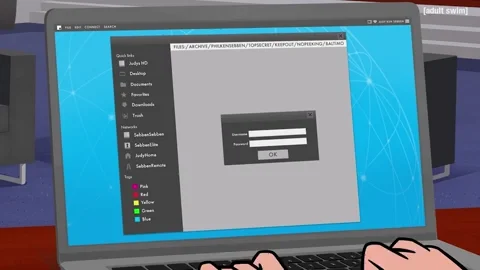
What is HLS?
HLS stands for HTTP Live Streaming. Basically, it is an adaptive bitrate streaming protocol that works by separating the original video into different versions with different resolutions. Each version gets cut into a bunch of short video files. Adaptive bitrate streaming allows the video player to automatically choose the resolution of a video according to the viewer's internet speed and connection. Due to short media segment files, it can easily switch from one quality to another while you watch the broadcast.
HLS Video Encryption is one of the best ways to secure your videos if you are using HLS for online content delivery. It adds an extra level of protection to your videos and prepares them for proper online streaming. The encryption works as a DRM solution by exchanging and checking encryption keys and algorithms. The algorithm that HLS supports is called AES-128. The encryption process happens during transcoding and the video is encrypted with a special key. Encryption makes the video content coded, so only viewers with a key can decode the video and watch it properly. The broadcaster is exchanging the keys before the video is streamed. This way, you will make it very difficult for uninvited people to watch, download, or screen capture your video.
Enable HLS video encryption with Publitio
HLS Encryption is available with our Premium plan. The encryption process is being done automatically by Publitio. All you need to do is upload a video and click “Enable HLS video encryption” and your content will be a lot safer!
Want to make it even more difficult? Publitio recently published a new update and it's kind of a big deal. Let’s call it - Enhanced HLS Security.
That means we have added an additional security step during the HLS video decryption process - Your videos can now be protected from all known video downloader extensions! Is your mind blown? 'Cause ours is!
Here's a step-by-step guide on how to enable Enhanced HLS Security.
Want to try out our enhanced HLS Encryption today? Start your free 14-day Publitio trial.
AES-128
AES stands for Advanced Encryption Standard and it is a specification for encrypting electronic data. There are three different key lengths, 128, 198, and 256 bits, each with a block size of 128 bits.
Sample AES is also a method of encryption, but it might not provide the best level of protection. AES-128 is the most common algorithm used for HLS encryption. It uses the same key for encryption and decryption, so the owner needs to share the key used for encryption with invited viewers.
The best way to protect your decryption key is by using authentication cookies, which means that the player sends a request to the key, so the broadcaster can decide whether or not the user is invited. You can also hide the URL to the key, but this is not the safest method, since the URL can easily be leaked.
Domain level protection
Want to have full control over where your video files are shown? With Publitio, you can enable Domain level protection. What does that mean? If domain-level protection is active, set to ON, your all media files will be accessible and playable only on allowed referral domains listed in the specific section under your Settings.
Make your videos private
Remember that you can always make your videos private (they will have an access token which expires after a period of time) and our SDK's or Plugins auto retrieves new access tokens on each call you make to an API endpoint
Password-protected video
A simple, yet fairly effective method, simply put password protection on your files, and those who don’t have the right password won’t be able to access it.
Disabling Copy and Right-Click
This one might sound like a no-brainer, but it never hurts to mention it. Simply disabling copy and right-click will deter the laziest of content thieves from trying to steal your video content. This can easily be done either via a simple code or if you’re using WP, there are tons of useful plugins. You can also use Publitio player or generated video source which will have disabled "Mouse 2" click option so users can not directly inspect the video source and find mp4 or webm links
How to Secure Your Videos with Publitio?
You need to open your Publitio Dashboard and you will see the section called “Watermark”. When you open it, you need to click on “Create Watermark” in the top right corner. Then, you upload a watermark of your choice, name it, and choose the position and padding.
If you’re on our free plan you can only use one watermark, while with our Premium plan you can have up to 5 different watermarks. Need more? Contact us and we’ll figure something out together!
Want to learn more about Publitio video management? Then visit our page Video Management Solution.
As mentioned above, one of the best ways to secure videos published online is to use HLS streaming protocol. If you are Publitio customer, then you have nothing to worry about, just enable HLS video encryption for the video of your choice.
Let us know your thoughts in the comment section what is your best way to protect video assets.
Want to prevent illegal downloads of your videos today? Start your free 14 day Publitio trial.


